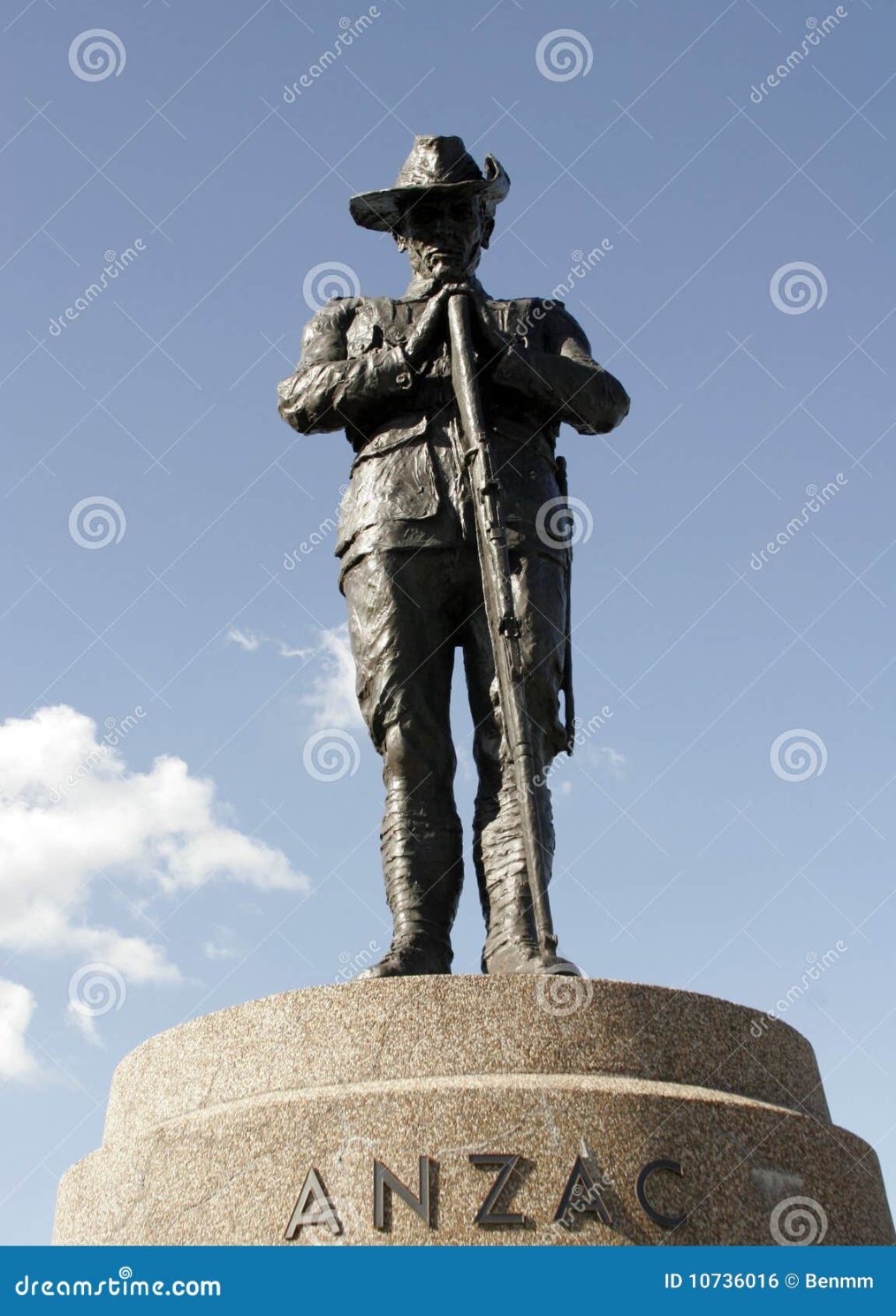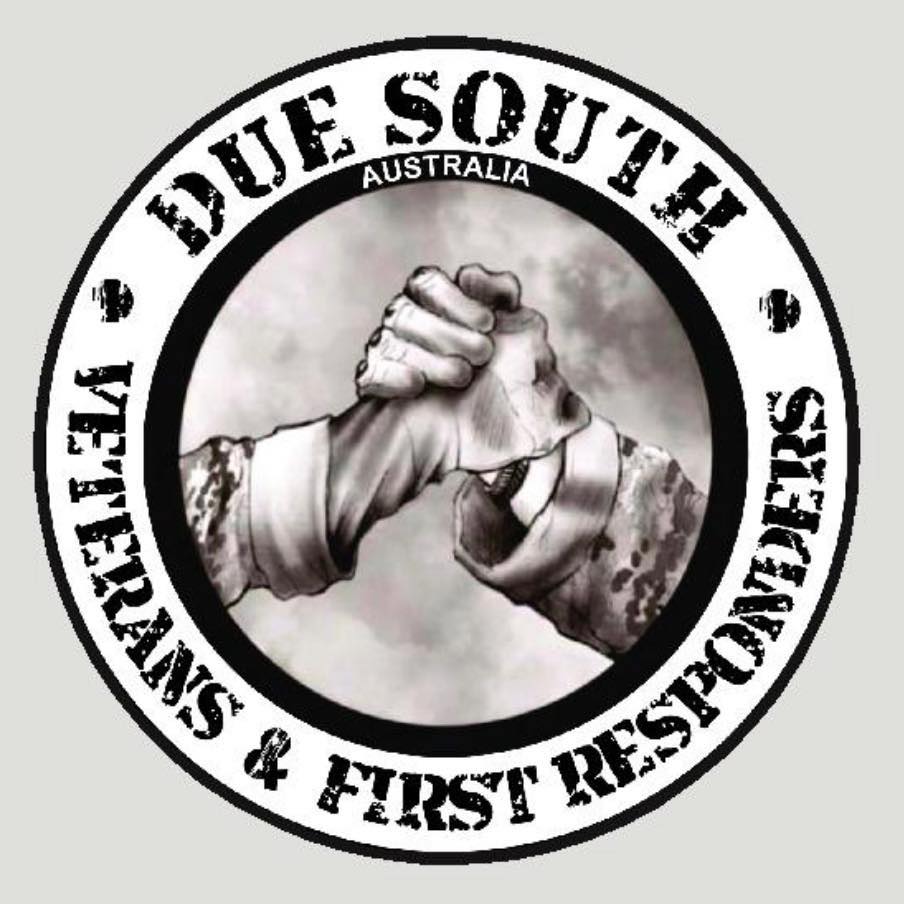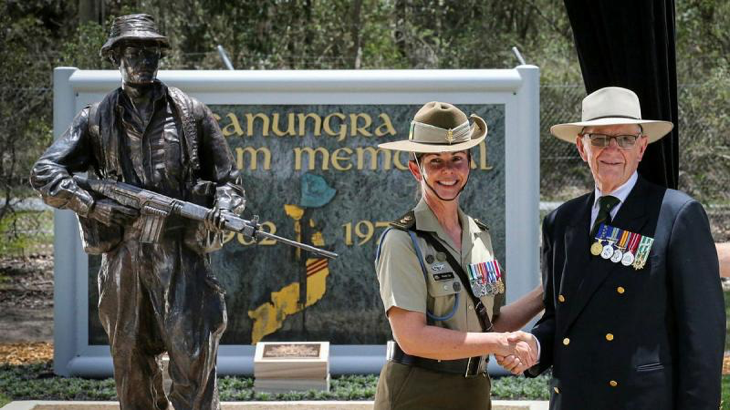A new $600 million contract has been secured to sustain and upgrade the F/A-18F Super Hornet and EA-18G Growler fleets for the Royal Australian Air Force, ensuring the retention of more than 350 local Queensland jobs. Boeing Defence Australia has been awarded a five-year contract extension, extending support for the Super Hornet and Growler programs until 2030 at RAAF Base Amberley. The contract emphasizes the Government’s commitment to the Australian Defence industry and workforce, with over 90% of the contract value to be spent in Australia, primarily in south-east Queensland.
Australians in the Defence industry will oversee engineering, maintenance, and project management for the fleets’ sustainment and upgrade. The Air Combat and Electronic Attack Sustainment Contract with Boeing Defence Australia, initiated on July 1, 2016, for an initial five-year period, has been extended for the second time, bringing the overall contract value to $1.2 billion.
As the EA-18G Growler Airborne Electronic Attack capability achieves final operational capability, the contract extension becomes crucial. Operated by No. 6 Squadron at RAAF Base Amberley, the Airborne Electronic Attack capability includes 12 EA-18G Growler aircraft, the ALQ-99 Tactical Jamming System, and the AGM-88 series of anti-radiation missiles.
With a focus on maintaining a highly skilled local workforce and top-tier aircraft, this contract extension enhances Australia’s preparedness for potential challenges. The government emphasizes the critical role of a robust Defence industry in protecting Australians and contributing to regional stability. Commending Boeing Defence Australia and all Defence industry partners involved, the government highlights the significance of their efforts in the maintenance and sustainment of the Super Hornet and Growler fleets.










